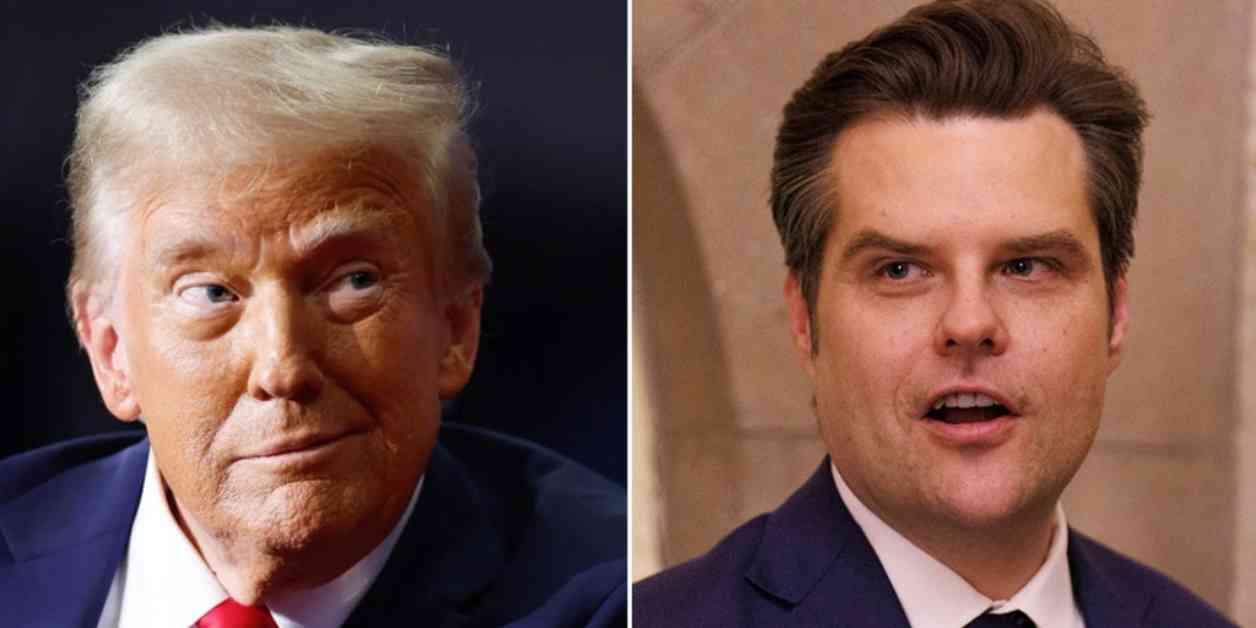Donald Trump was facing a difficult situation with his nomination of Matt Gaetz for attorney general. Despite his efforts to salvage the sinking nomination, Trump realized he was running out of political capital. After Gaetz was informed that he didn’t have the votes, he withdrew his nomination. Trump quickly pivoted to Pam Bondi, a former Florida attorney general with a strong legal background and without the personal baggage that Gaetz carried.
Bondi, known for her loyalty to Trump and respect for the rule of law, was seen as a more suitable candidate. With Gaetz out of the picture, attention turned to Pete Hegseth’s nomination to run the Pentagon’s global bureaucracy. Despite questions surrounding Hegseth’s past, he is likely to be confirmed.
Other nominations, such as Tulsi Gabbard for director of national intelligence and RFK Jr. for HHS secretary, face more significant scrutiny. Gabbard’s lack of experience and controversial meetings with foreign leaders raise concerns, while RFK Jr.’s history of embracing conspiracy theories could derail his nomination.
Trump’s cabinet selections represent a diverse mix of ideologies, from conservative hardliners to former Democrats. The transition process has been marked by internal jockeying and leaks, highlighting the challenges of assembling a cabinet. Despite some setbacks, Trump’s transition has been relatively smooth, with public approval for his handling of the process.
The decision to pick Matt Gaetz may have been impulsive, but it ultimately led to a more qualified nominee in Pam Bondi. Trump’s management of the transition, while not without flaws, has been generally successful. The focus now shifts to confirming the remaining nominees and ensuring a smooth transition of power.




